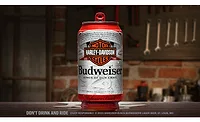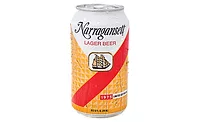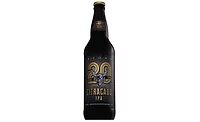Beer cans celebrate 75 years of evolution
In January 1935, Krueger introduced its Special Beer and Cream Ale in steel cans. One of the largest suppliers of beer cans in the world, Ball Corp., Broomfield, Colo., celebrates the evolution of the beer can over the past 75 years.
The first cans were three-piece steel cans weighing 35-ounces and required the use of an opener. The first steel beer cans were made of two pieces, the base and body were made from one piece and the lid was seamed on later. Ball, which entered the beer can market in 1969 uses essentially the same process today.
Over the years, Ball has worked to lightweight the can, which now weighs 0.47-ounces, is made of aluminum and features easy-open, stay-on tabs. The stay-on tabs were an advancement on pull tab beer cans, which were introduced in 1963. The discarded tabs raised questions about litter and safety, the company says, and in 1975 the fixed tabs were introduced.
Ball has reduced the size of the end diameter five times, which saved aluminum each time. Today’s 12-ounce aluminum can uses about 40 percent less aluminum than in 1970, the company says. The company also has advanced the technology of cans, including colored tabs, high-quality printing, thermochromic inks, smooth-pouring ends and Ball’s Alumi-Tek bottle.
In addition, the company also worked to make cans attractive to craft brewers. About 10 years ago, Ball began working with Cask Brewing Systems to provide craft brewers with small scale canning and seaming equipment. Now more than 65 craft brewers are canning their beers in the United States and Canada.
Looking for a reprint of this article?
From high-res PDFs to custom plaques, order your copy today!








